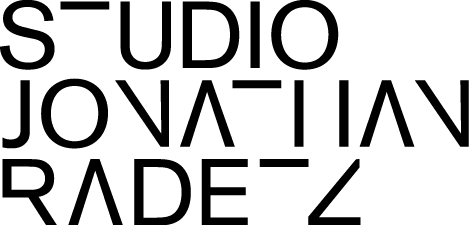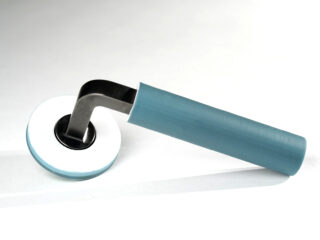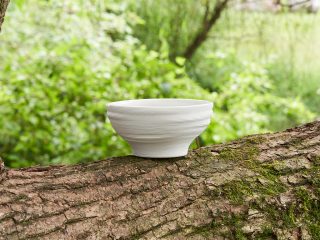















LIQUIDS
LIQUIDS:
"I want to resemble a sort of liquid light which stretches beyond visibility or invisibility. Tonight I wish to have the valor and daring to belong to the moon". - Virginia Woolf, A Writer's Diary
Concept:
Liquids is a conceptual project by Studio Jonathan Radetz that explores the fascinating contrast between the nature of cold and hot glass. This is already manifested in the statement about the production process: "Glass is poured". Looking at the molecular level, seemingly solid glass continues to flow. Glass is 'liquid' - always. It is formless like water and has been shaped by man for hundreds of years. The historical glass manufacturer Freiherr von Poschinger, that can look back on a craft tradition of almost 450 years, was chosen as the collaboration partner for this project. The appearance of a glass body is simultaneously as solid as ice and as fluid as water. Like a snapshot of flowing water. Then it becomes light and colour. The connection between water and glass is obvious, because glass is always in a moving state on a molecular level. Chemically speaking, it is always in motion. So although glass is always flowing, it cannot be deformed in a solidified state. To shape it, it has to be strongly heated. The rigid and fragile material then turns into a viscous mass. This can be poured into a temperature-resistant steel mould, flows into all corners and cools down in its given form. The result are objects made of cast glass that bridge the gap between the liquid and solid state. The moulds are traditionally filled with a ladle. In the case of liquids, the capacity of the ladle determines the volume of all the bodies. The same amount of liquid glass is poured into different moulds. The resulting glass bodies thus differ in shape (proportion, size and colour intensity), but not in volume, which always holds one litre. Because of the transparency of the glass, the actually monochrome colour mass changes depending on the thickness of the material. The proportions of the body alone create subtle nuances of colour. The objects were designed to visualise a creative process, to make processes understandable, to tell a story, to facilitate access to a subject and to share the fascination for the visually attractive material. The Corona crisis showed us that culture must be accessible in different ways. Digital access is particularly important today and in the future. Liquids is our way of supplementing the 'digital cultural library' with information and background processes that are otherwise difficult to access. A film documents the production process and thus brings the viewer very close to the liquid state of glass, to 'liquid'. However, it is not only a documentation, but is to be understood as part of the overall work in connection with the objects themselves. In this way, everything builds on each other and creates references back to each other: film, object and production process.
Pictures:
Felix Krumbholz



